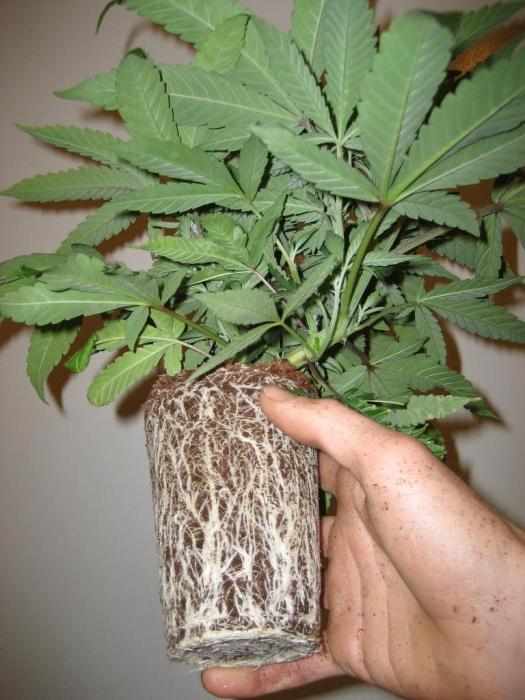Before beginning gardeners, lovers of indoor plants, sooner or later the question will arise: "When and how to transplant home flowers?"
It's time for a transplant
There may be several reasons for transplanting a houseplant. First of all, plants purchased at the store need transplantation. As a rule, they land in a temporary substrate, which at home must be replaced. The only reason not to do this is the flowering of the plant. It is necessary to wait until the flowering is over, and then start transplanting, having previously learned how to transplant the flower correctly.

For indoor flowers that have been growing in the house for some time, the reason for the transplant will be a very developed root system of the plant, which has become crowded in a pot. How can this be determined? Firstly, if there are holes in the bottom of the pot, the roots will tend to creep out through them and immediately become noticeable. Secondly, if you turn the pot upside down and carefully remove the plant from there, you can see the root system, which intertwines a lump of earth. If the earthen lump is entangled with roots so much that it becomes like felt, then the plant must be replanted.
Another reason for transplanting: the plant has become very frail, the cause of which may be the depletion of the soil, which must be replaced.
The best time to transplant indoor flowers is undoubtedly spring, when active plant growth begins . You can also transplant flowers in the fall (October, November). Young plants usually require an annual transplant, adults - after 2-3 years. Especially large plants, as a rule, do not transplant, they only renew the top layer of the earth.
We comply with the rules of transplantation
You need to know the rules of what and how to transplant a flower. The plant transplant pot is selected from two types: either plastic or ceramic. It should be 2-3 cm larger than the previous one. First you need to wash it well, then pour over boiling water. In a ceramic pot, a hole in the bottom is filled with drainage.
Land for a flower transplant is best purchased at a store. Do not use garden land. It is often a carrier of harmful and pathogenic microorganisms. You can prepare the earthen mixture yourself. But for this it is necessary to have black soil, peat, sand, fertilizers, ashes, as well as instructions on how to mix everything, in what proportions.
Only after preparing the pot and the ground, you can proceed directly to the transplant procedure. So how to transplant a flower? First, the transplanted plant is watered, after about an hour it needs to be put on the palm of your hand and carefully removed from the old pot. Then remove broken or rotten roots, cut off dry shoots with a sharp knife and set the flower on a drainage or layer of earth. The planting depth of the plant should remain the same as it was in the previous pot. The gaps between the flower and the walls of the pot must be carefully filled with earth, sealing it with your thumbs and filling up the required amount.
After transplanting, the plant must be well watered and put in the shade. After a week, the flower can be returned to its original place.
What else do you need to know about how to transplant a flower to an amateur gardener? Here are some suggestions:
- a clay pot, if it is new, it is recommended to soak so that it is saturated with moisture, and does not take it from the ground;
- in winter, sometimes it is better not to transplant the plant, it has a period of rest;
- you need to feed the flower after transplantation no earlier than 3-4 weeks later;
- a little expanded clay can be poured on the surface of the earth around the flower so that the moisture does not evaporate quickly;
- Instead of a complete flower transplant, you can simply add fresh earth with fertilizers to the pot.
Armed with knowledge of how to transplant a home flower, any amateur gardener will perform this procedure without much difficulty.